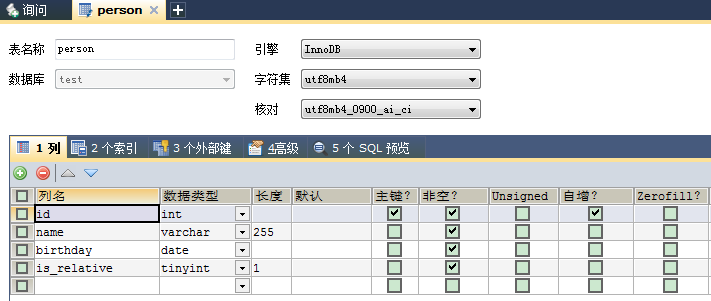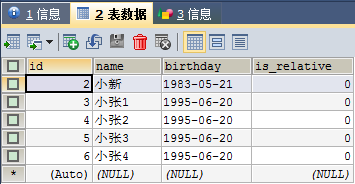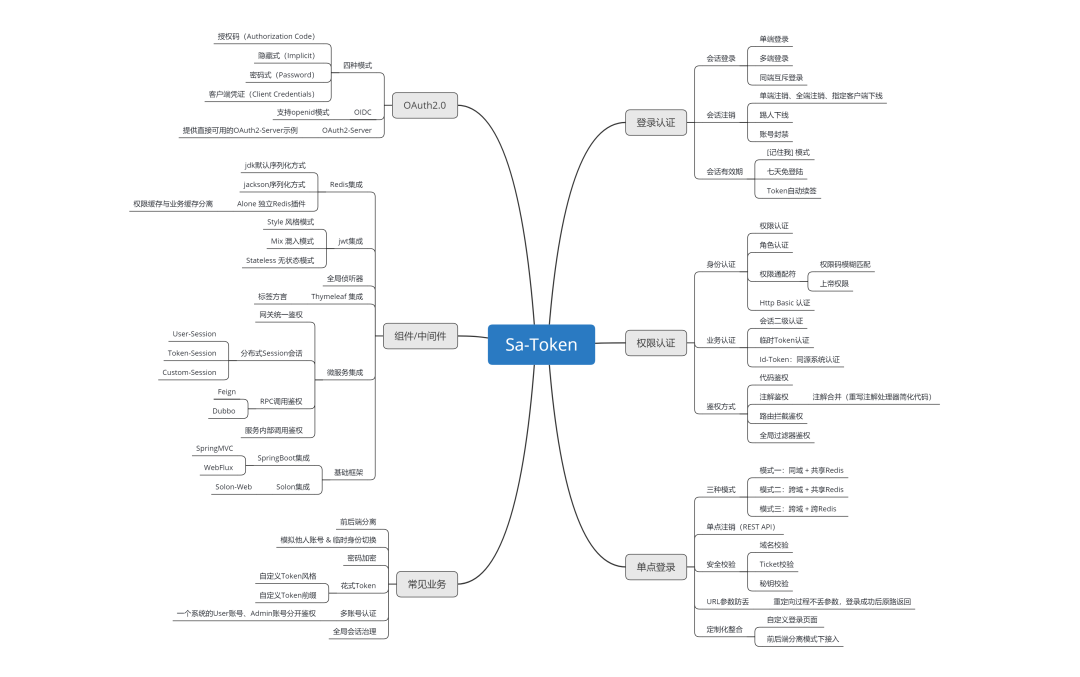ORM框架使用最廣泛的就是SQLAlchemy和Django自帶的ORM框架,但是SQLAlchemy的語(yǔ)法顯然相對(duì)Django的ORM框架麻煩一點(diǎn)。
而Django本身是一個(gè)web框架,比較重量級(jí),僅僅為了使用Django的ORM框架的功能,而安裝Django有點(diǎn)導(dǎo)致系統(tǒng)臃腫。而peewee這個(gè)框架語(yǔ)法幾乎與Django的ORM框架一致,而又非常輕量。
它的安裝非常簡(jiǎn)單:
pip install peewee
如果你在使用mysql數(shù)據(jù)庫(kù)的過(guò)程中報(bào)出如下錯(cuò)誤:
peewee.ImproperlyConfigured: MySQL driver not installed!
則需要安裝一個(gè)mysql的驅(qū)動(dòng):
pip install pymysql
peewee的whl包是880kB,pymysql的whl包是51KB,非常輕量級(jí)。
peewee的官方文檔地址:http://docs.peewee-orm.com/en/latest/index.html
下面測(cè)試一下各項(xiàng)功能:
from peewee import *
db = MySQLDatabase('test', host="localhost", user='root', passwd='123456', port=3306)
# 定義Person
class Person(Model):
name = CharField()
birthday = DateField()
is_relative = BooleanField()
class Meta:
database = db
def test_create():
Person.create_table()
# 創(chuàng)建多張表也可以這樣
# database.create_tables([Person])
def test_insert():
# 添加一條數(shù)據(jù)
p = Person(name='小華', birthday=date(1996, 12, 20), is_relative=True)
p.save()
def test_delete():
# 刪除姓名為perter的數(shù)據(jù)
Person.delete().where(Person.name == 'perter').execute()
# 已經(jīng)實(shí)例化的數(shù)據(jù), 使用delete_instance
p = Person(name='小華', birthday=date(1996, 12, 20), is_relative=False)
p.id = 1
p.save()
p.delete_instance()
def test_update():
# 已經(jīng)實(shí)例化的數(shù)據(jù),指定了id這個(gè)primary key,則此時(shí)保存就是更新數(shù)據(jù)
p = Person(name='小華', birthday=date(1996, 12, 20), is_relative=False)
p.id = 1
p.save()
# 更新birthday數(shù)據(jù)
q = Person.update({Person.birthday: date(1983, 12, 21)}).where(Person.name == '小華')
q.execute()
def test_query():
# 查詢(xún)單條數(shù)據(jù)
p = Person.get(Person.name == '小華')
print(p.name, p.birthday, p.is_relative)
# 使用where().get()查詢(xún)
p = Person.select().where(Person.name == '小華').get()
print(p.name, p.birthday, p.is_relative)
# 查詢(xún)多條數(shù)據(jù)
persons = Person.select().where(Person.is_relative == True)
for p in persons:
print(p.name, p.birthday, p.is_relative)
下面測(cè)試一個(gè)各個(gè)方法。
測(cè)試創(chuàng)建表:
if __name__=="__main__":
Person.create_table()
執(zhí)行完畢,檢查數(shù)據(jù)庫(kù)成功創(chuàng)建下面這張表:

測(cè)試插入數(shù)據(jù):
if __name__=="__main__":
p = Person(name='小華', birthday=date(1996, 12, 20), is_relative=True)
p.save()
執(zhí)行完畢后,表數(shù)據(jù)多了一行:

測(cè)試查詢(xún)數(shù)據(jù):
if __name__=="__main__":
p = Person.get(Person.name == '小華')
print(p.name, p.birthday, p.is_relative)
結(jié)果:
小華 1996-12-20 True
測(cè)試刪除數(shù)據(jù):
if __name__=="__main__":
Person.delete().where(Person.name == '小華').execute()
執(zhí)行后,數(shù)據(jù)庫(kù)對(duì)應(yīng)的記錄被刪除:

測(cè)試修改數(shù)據(jù):
if __name__ == "__main__":
p = Person(name='小新', birthday=date(1995, 6, 20), is_relative=False)
p.save()
# 更新birthday數(shù)據(jù)
q = Person.update({Person.birthday: date(1983, 5, 21)}).where(Person.name == '小新')
q.execute()
執(zhí)行后:

測(cè)試批量查詢(xún):
if __name__ == "__main__":
for i in range(1, 5):
p = Person(name=f'小張{i}', birthday=date(1995, 6, 20), is_relative=False)
p.save()
# 查詢(xún)多條數(shù)據(jù)
persons = Person.select().where(Person.is_relative == False)
for p in persons:
print(p.name, p.birthday, p.is_relative)
執(zhí)行后:

結(jié)果:
小新 1983-05-21 False
小張1 1995-06-20 False
小張2 1995-06-20 False
小張3 1995-06-20 False
小張4 1995-06-20 False
更多用法可參考官方文檔。
-
框架
+關(guān)注
關(guān)注
0文章
403瀏覽量
17542 -
數(shù)據(jù)庫(kù)
+關(guān)注
關(guān)注
7文章
3846瀏覽量
64685 -
python
+關(guān)注
關(guān)注
56文章
4807瀏覽量
85037 -
Django
+關(guān)注
關(guān)注
0文章
44瀏覽量
10412
發(fā)布評(píng)論請(qǐng)先 登錄
相關(guān)推薦
一個(gè)面向嵌入式系統(tǒng)的輕量級(jí)框架
Python爬蟲(chóng)與Web開(kāi)發(fā)庫(kù)盤(pán)點(diǎn)
10個(gè)輕量級(jí)框架
輕量級(jí)的ui框架如何去制作
Dllite_micro (輕量級(jí)的 AI 推理框架)
原創(chuàng)分享:自制輕量級(jí)單片機(jī)UI框架

TinyDB輕量級(jí)數(shù)據(jù)庫(kù)有哪些特點(diǎn)呢
SQLAlchemy 2.0.0正式發(fā)布,Python ORM框架
一個(gè)純Python編寫(xiě)的輕量級(jí)數(shù)據(jù)庫(kù)
測(cè)評(píng)分享 | 如何在先楫HPM6750上運(yùn)行輕量級(jí)AI推理框架TinyMaix

一個(gè)輕量級(jí)的權(quán)限認(rèn)證框架:Sa-Token

Mara-pipelines:輕量級(jí)的數(shù)據(jù)轉(zhuǎn)換框架

超級(jí)方便的輕量級(jí)Python流水線(xiàn)工具





 基于Python 輕量級(jí)ORM框架
基于Python 輕量級(jí)ORM框架










評(píng)論